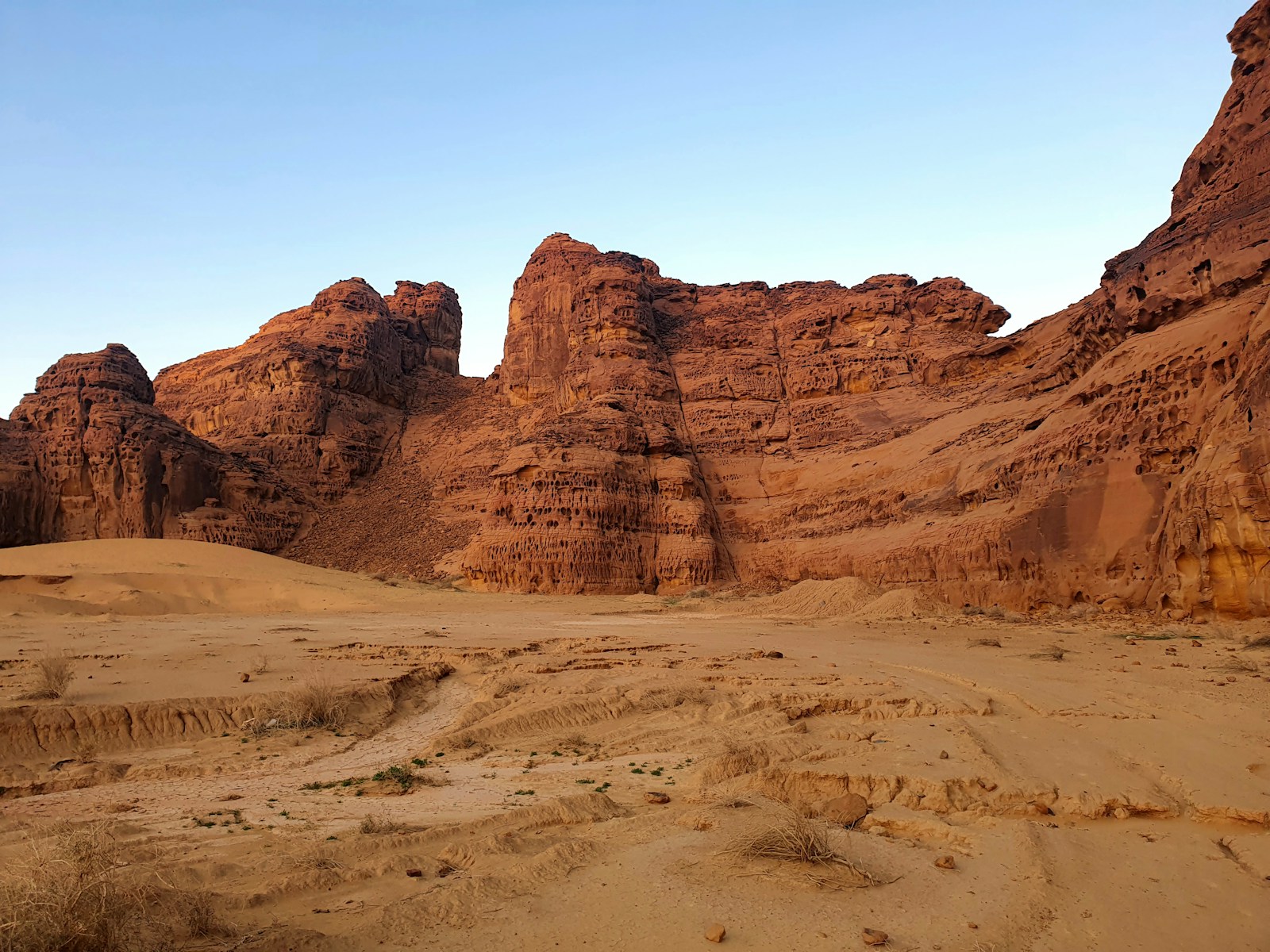Saudi Arabia currently has more than 230
active drilling rigs operating across the country, according to data released by
Baker Hughes, a leading oilfield services company. This figure highlights the substantial scale of the kingdom’s ongoing oil and gas exploration and production activities.
The number of operational rigs serves as a key indicator of Saudi Arabia’s commitment to maintaining its position as one of the world’s largest oil producers. As the dominant member of OPEC, Saudi Arabia’s drilling activities have significant implications for global energy markets and oil price stability.
Saudi Arabia’s Energy Production Landscape
The kingdom’s extensive drilling operations support its role as the world’s second-largest crude oil producer. These rigs are distributed across Saudi Arabia’s major oil fields, including the massive Ghawar field, which remains one of the world’s largest conventional oil fields.
Baker Hughes, which regularly tracks and reports global rig counts, provides this data as part of its industry monitoring services. The company’s rig count is widely regarded as a barometer of drilling activity and, by extension, future oil and gas production capacity.
Most of Saudi Arabia’s drilling operations are managed by
Saudi Aramco, the state-owned oil company that ranks among the world’s most valuable corporations. The company oversees both onshore and offshore drilling activities throughout the kingdom.
Regional and Global Context
The Middle East as a region maintains one of the highest concentrations of drilling rigs globally, with Saudi Arabia representing a substantial portion of this activity. The kingdom’s rig count exceeds that of many other major oil-producing nations.
Energy analysts note that Saudi Arabia’s drilling activities reflect its dual strategy of maintaining current production capacity while also exploring new reserves. This approach helps the kingdom respond to global market demands while securing its long-term position in the energy sector.
The rig count also provides insight into Saudi Arabia’s investment in its energy infrastructure. Each operational drilling rig represents significant capital expenditure and employment opportunities within the kingdom’s energy sector.
Impact on Production Capacity
The extensive drilling operations support Saudi Arabia’s ability to adjust its production
levels in response to market conditions. This flexibility has proven crucial during periods of market volatility or supply disruptions in other oil-producing regions.
Saudi Arabia’s current production capacity stands at approximately 12 million barrels per day, with the kingdom typically producing between 9-10 million barrels daily, depending on OPEC agreements and market conditions.
The kingdom has announced plans to gradually increase its maximum sustainable capacity to 13 million barrels per day by 2027, a goal that requires continued investment in drilling operations and field development.
Energy market participants closely monitor Baker Hughes’ rig count data, as changes in drilling activity often precede
shifts in production capacity and can influence global oil price forecasts.
As
global energy markets navigate the transition toward renewable sources, Saudi Arabia’s substantial drilling operations underscore the continuing importance of conventional oil production in meeting world energy demands for the foreseeable future.







